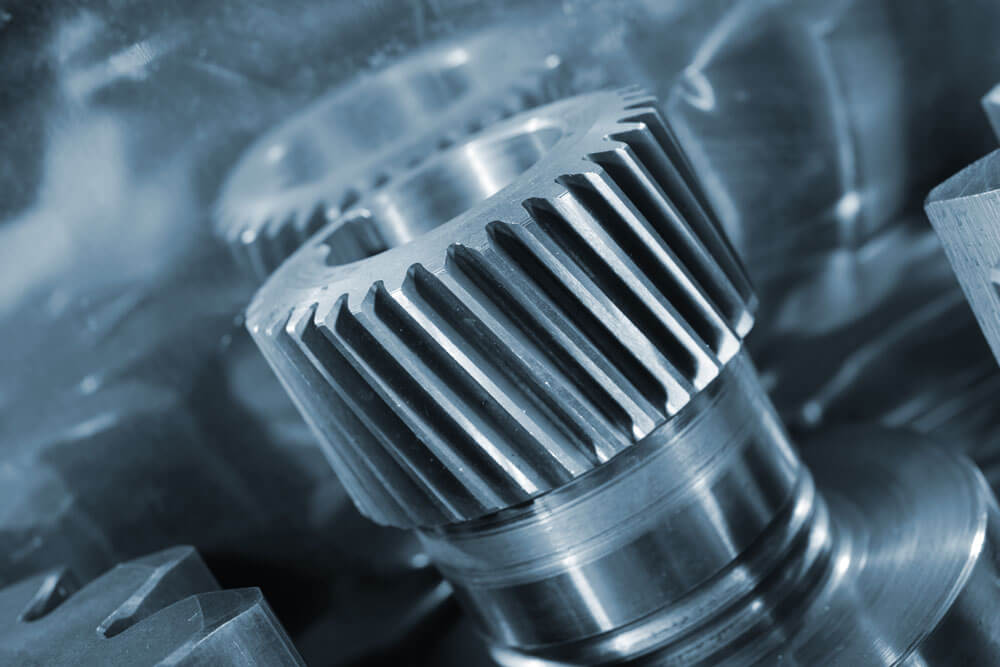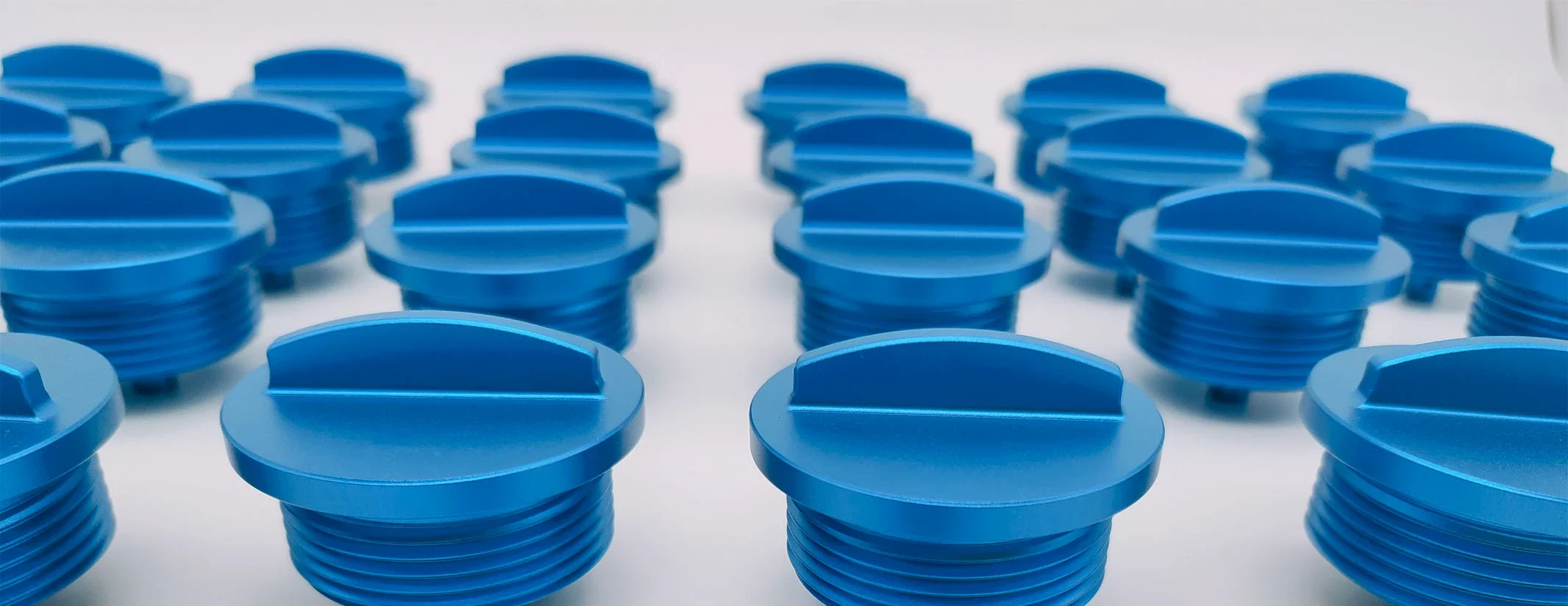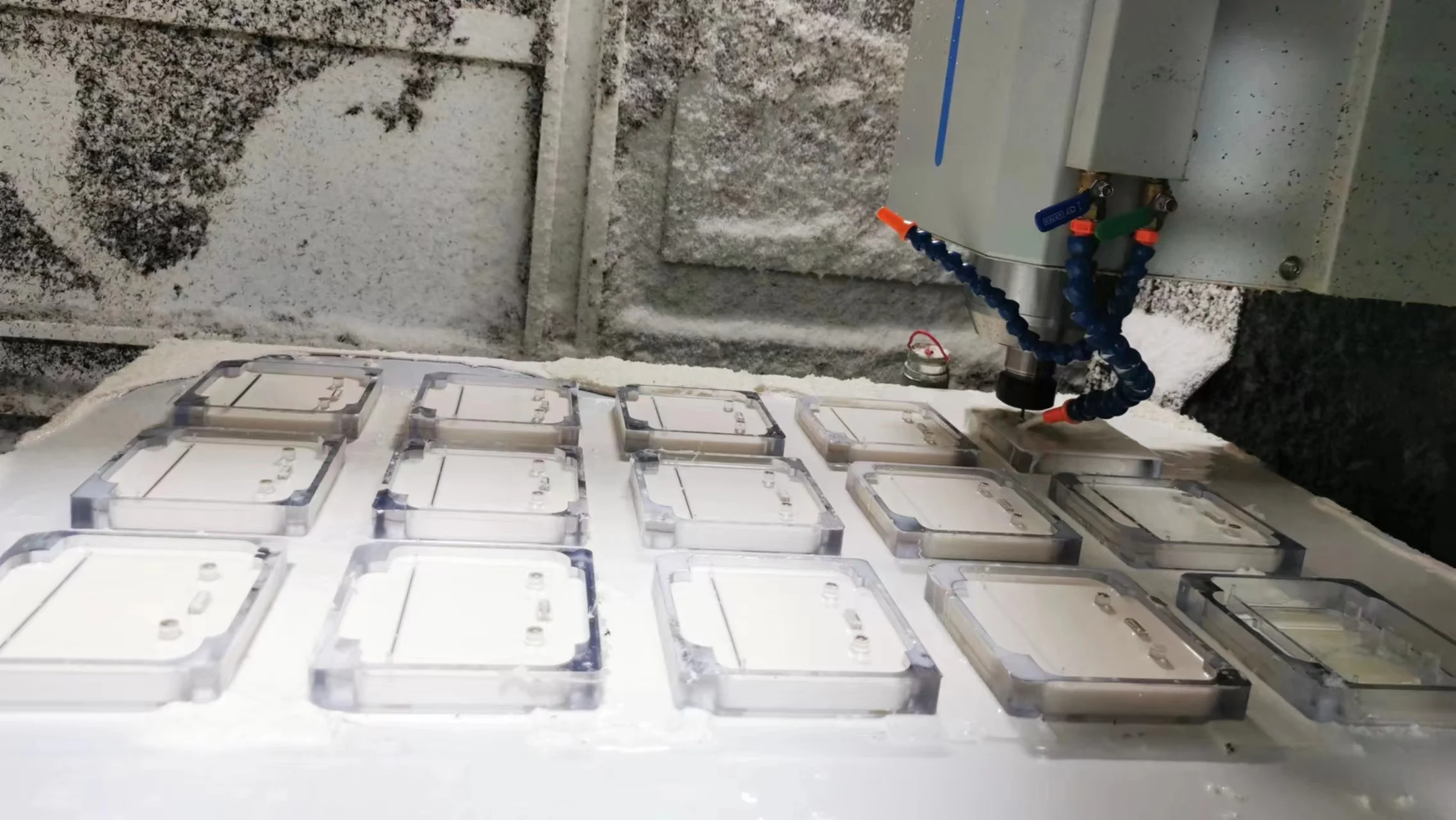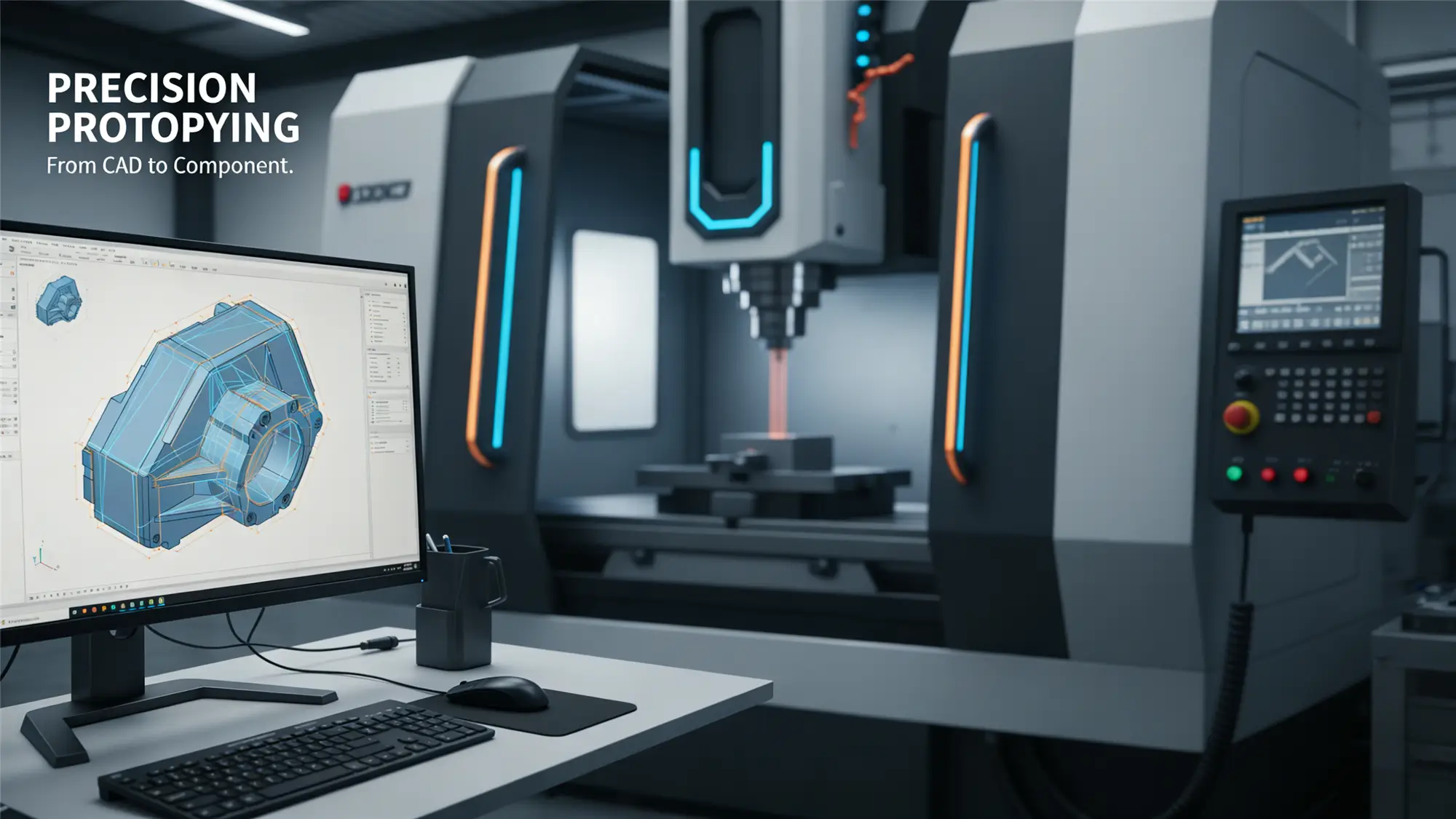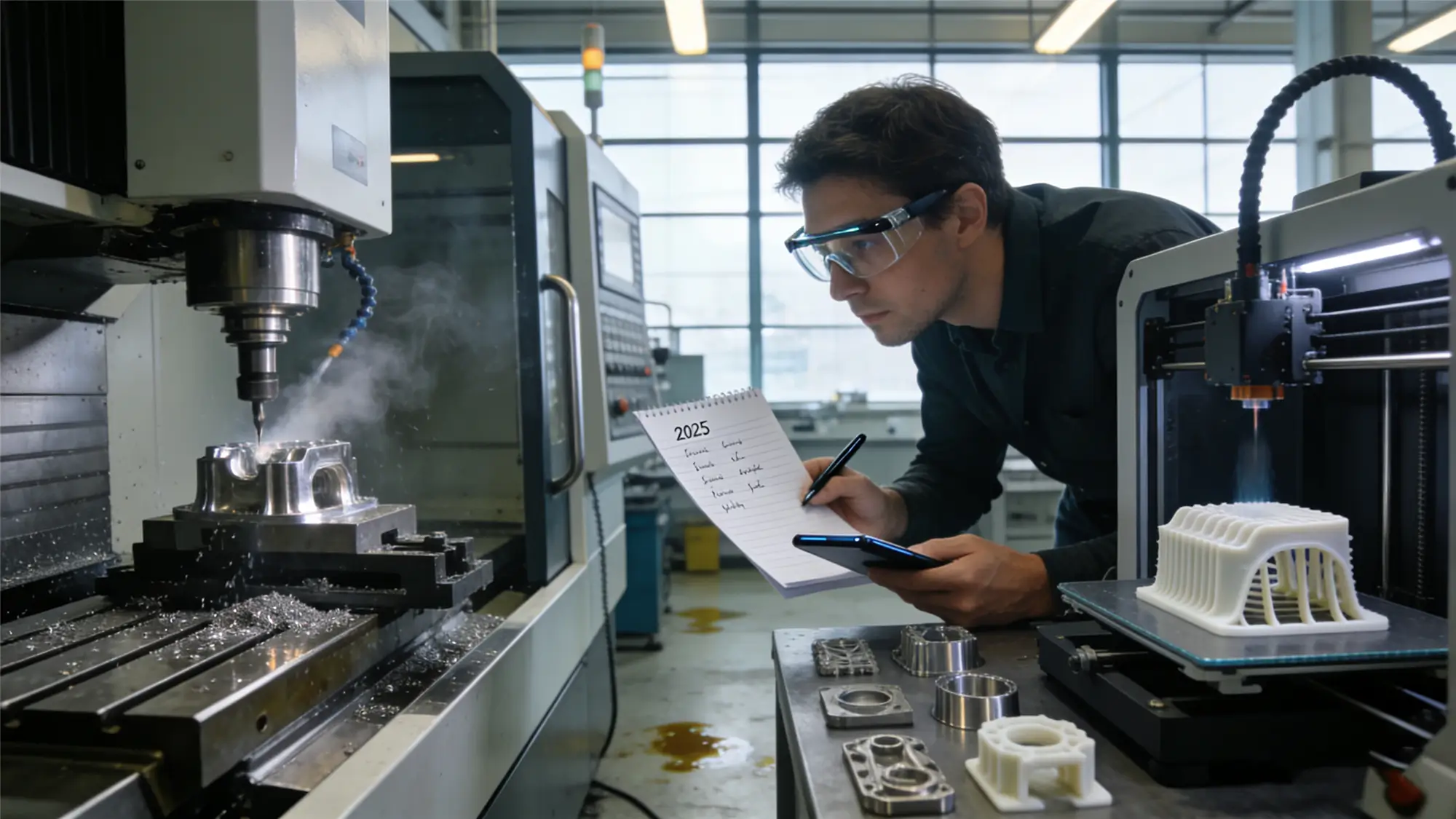Table of Contents
Circles and cylinders are very common things in our lives and play a huge role in manufacturing and machining. However, it is difficult to make an actually perfect circle. That is where the circularity GD&T comes into play.
Like the GD&T flatness and GD&T straightness we have introduced before, circularity is also one of the GD&T form symbols. It is used to control the circularity of cones, cylinders and spheres etc.
Key Takeaways:
- GD&T Circularity is a form tolerance that controls how round a feature is at any given cross-section, ensuring it falls within a tolerance zone of two concentric circles. It is independent of datums.
- It is crucial for enhancing sealing performance, improving transmission efficiency, and ensuring the balance of rotating components to prevent vibration.
Circularity can be measured with various tools: a Roundness Tester (high accuracy, high cost), a Height Gauge/Dial Gauge (practical for quick checks), a CMM (efficient and accurate), or Calipers (for rough inspection only).
- It differs from Cylindricity (which controls the entire 3D surface), Concentricity (which controls the position of axes relative to a datum), and Runout (a composite tolerance measured during rotation).
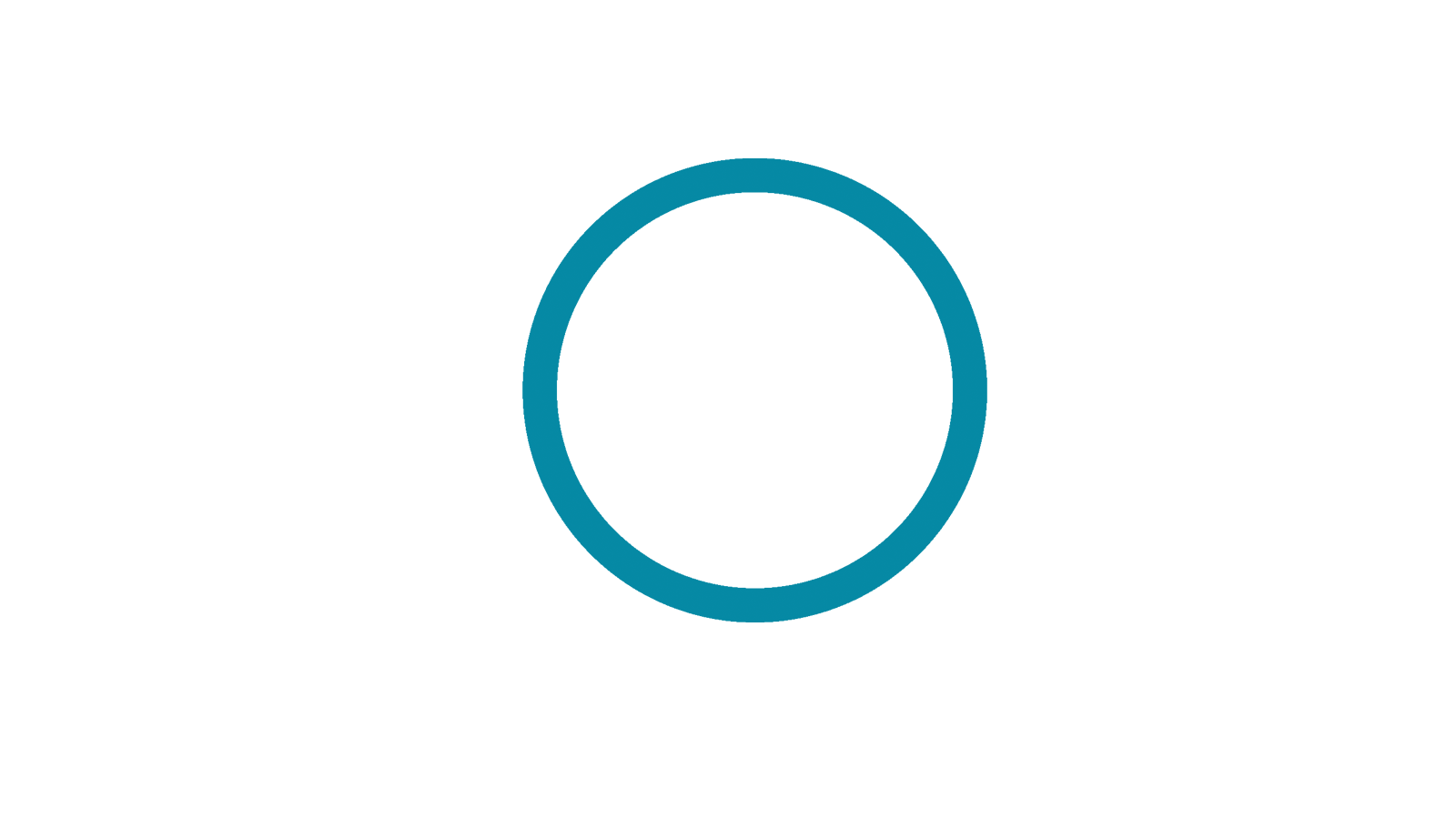
1. What is Circularity GD&T?
Circularity is one of the GD&T Symbols in engineering and manufacturing, because GD&T circularity is an internationally standardized symbol in industries, hugely functioning in uniform form control of features.
Therefore, it is supposed to get comprehensive knowledge of it and learn to use it correctly. In this section, we will explain what is GD&T circularity and how to show it in engineering drawings in details.
1.1. Circularity GD&T Definition
GD&T circularity is one of the important symbols in geometric tolerances, mainly used to control the deviation level from the actual circular profile to the ideally perfect circle.
Served as a from tolerance, circularity refers to the acceptable deviation from the actual form of any cross-section of cylinders, cones and spheres, to the idea circle.
1.2. Circularity GD&T Tolerance Zone
Since circularity restraints the varying rage of the actual profile of the measured circle along the radii direction, the tolerance zone of circularity is an annulus comprised with two concentric circles.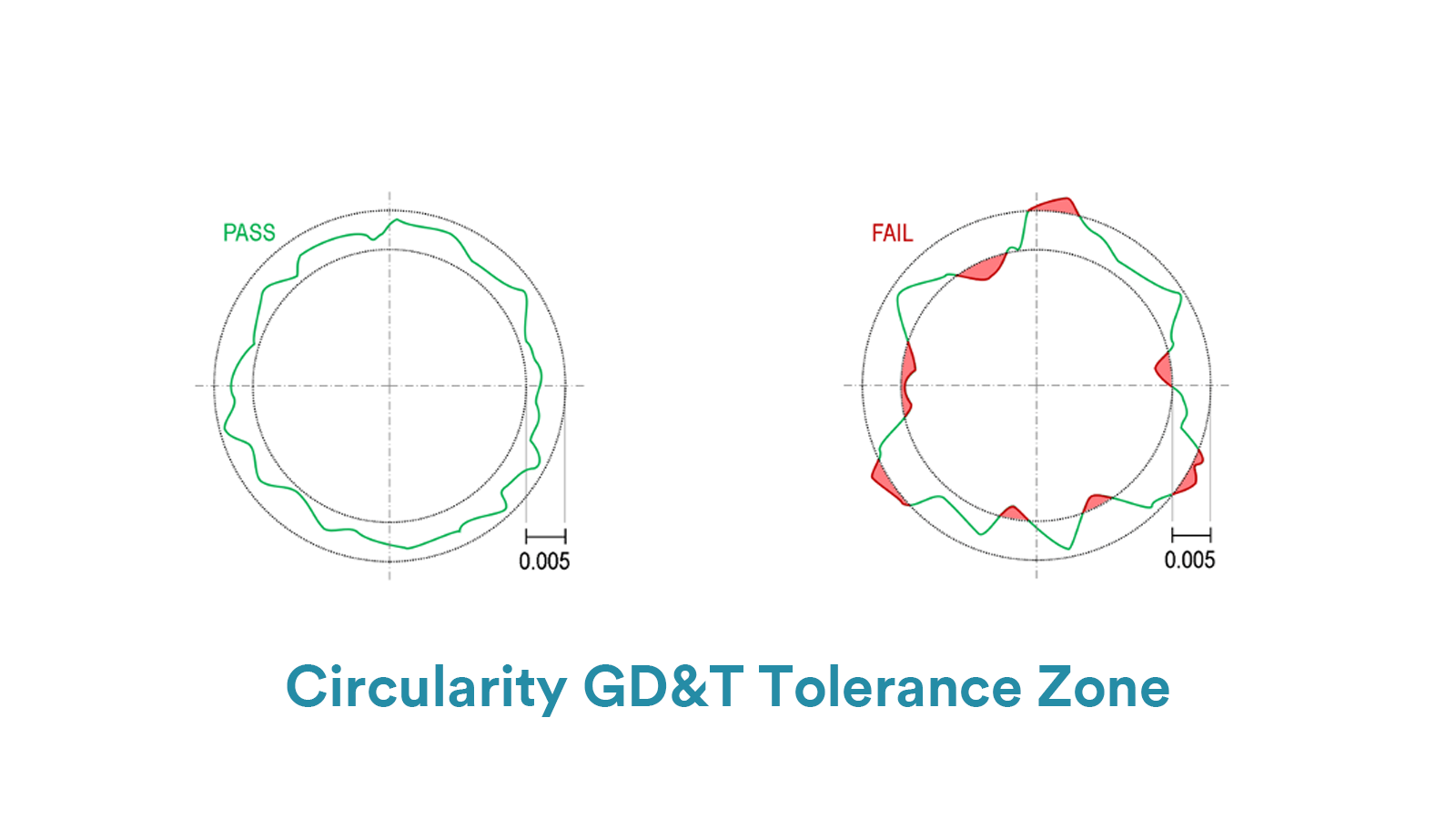
These two concentric circles lie on a plane that is perpendicular to the central axis of the measured feature, and the center of them is that of the measured feature’s axis.
The measured cross-section must lie within the annulus, and the tolerance value is the difference between the radii of the two circles.
1.3. Circularity GD&T Callout
The symbol of GD&T circularity is particularly a circle. And because circularity refines only the form of circle itself, it is independent from datum and material modifiers, which means that callouts of circularity are simply comprised with the circularity symbol and tolerance value.
The feature control frame points to the surface of the measured feature by a leader arrow, controlling the circularity of every cross-section from the feature.
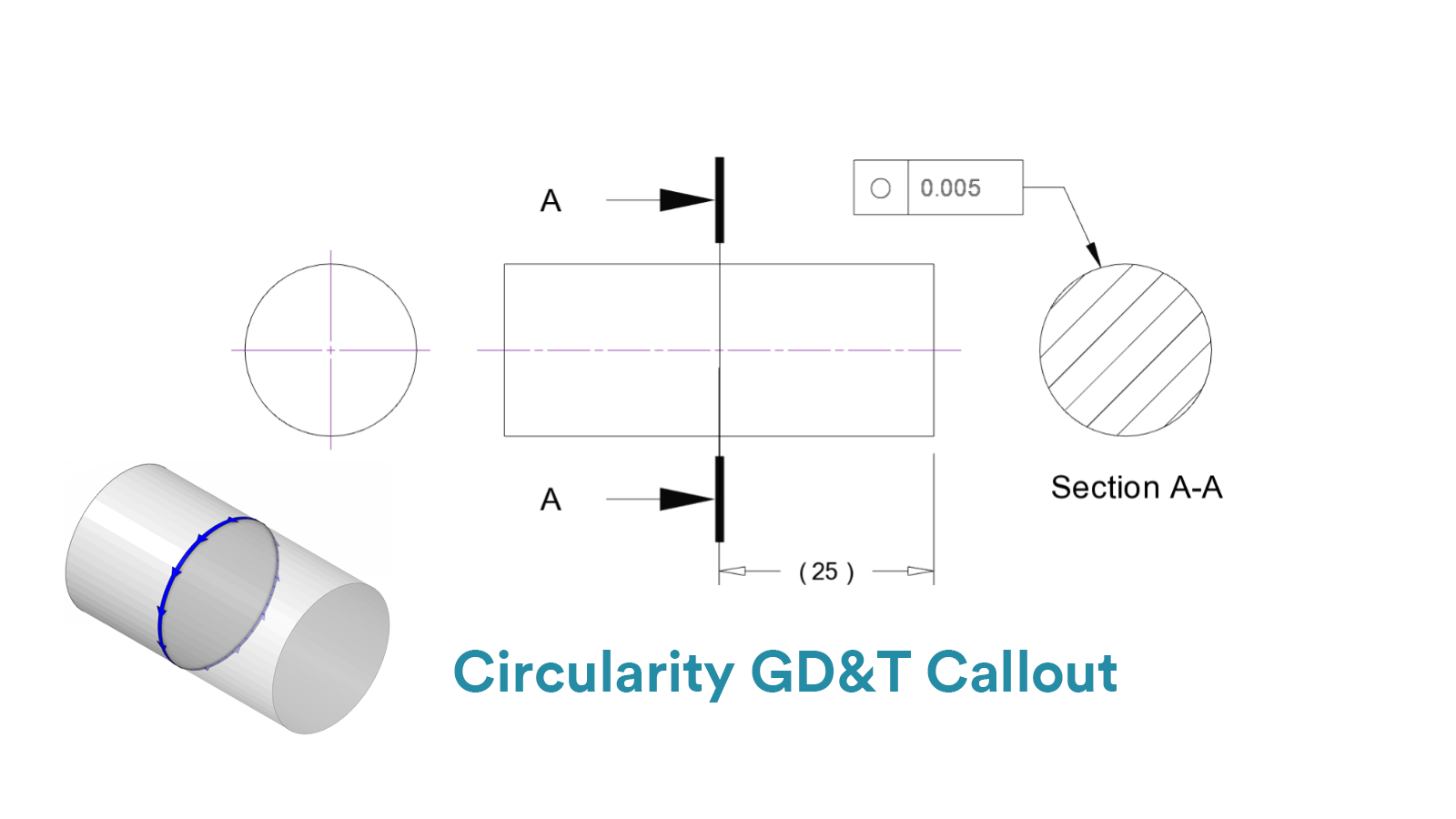
2. Why is Circularity Important?
As we all know, various parts in engineering and manufacturing have circular features. As a form controlling tolerance for circular features, circularity really makes huge effect in many industries.
Here we list the main functions of circularity:
Enhance Sealing Performance: Circularity makes huge influence in contact uniformity and pressure distribution that are both critical factors for sealing performance.
When the circularity of two sealing surfaces, like flanges, valves, pistons and cylinders, is extremely high, the contact surfaces can achieve uniform conformity, avoiding localized gaps or uneven pressure distribution.
Instead, if the circularity does not pass, the sealing features may fail to fully fill the gaps and then would lead to leak problem.
Elevate Transmission Efficiency: Since loadings on features with high circularity are distributed evenly, friction resistance and wear are reduced and movement of components can be more smoothly and steadily, thereby the transmission efficiency is effectively elevated.
Ensure Balancing of Rotating Components: It is obvious that high circularity means high symmetry and even loadings, which is the base of balanced movement.
If the circularity of a circular feature does not pass, huge centripetal force would be produced during high-speed rotation and then would lead to acute vibration and loud noise, which is bad for machining maintenance.
3. How to Measure Circularity?
Common tools for circularity measurement mainly include roundness testers, height gauges and coordinated measuring machines. We will provide detailed operating procedure of these tools below:
3.1. Roundness Tester to Measure GD&T Circularity
Roundness testers are suitably applied to features with requirements for high-accuracy measurement. The measuring accuracy of roundness measuring machines can get to 0.01μm. But the cost to maintain the machines are certainly high.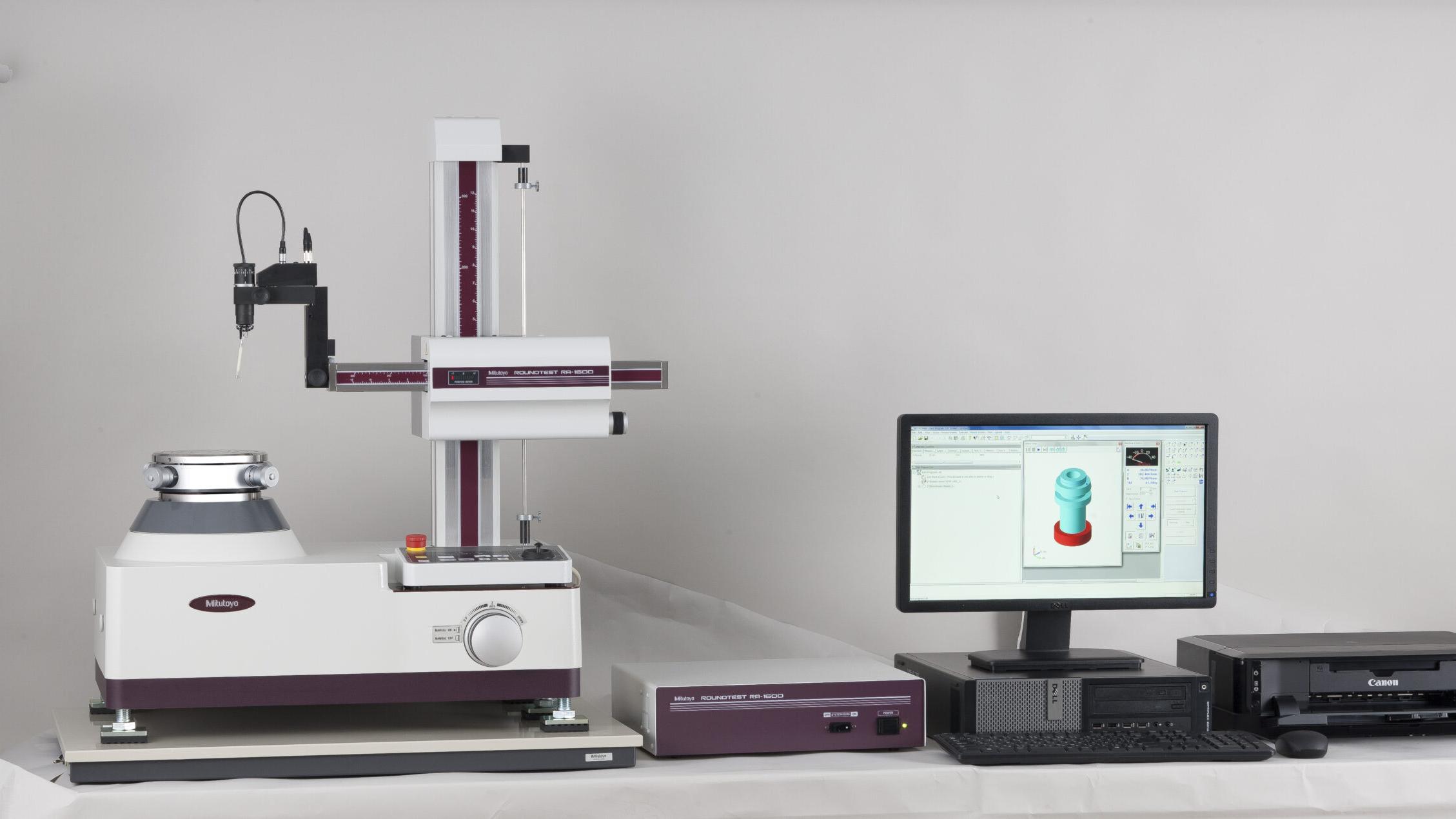
The measuring steps are as follows:
Firstly, fix the measuring part on the rotating spindle or V-blocks, ensuring the axis is concentric with the spindle.
Secondly, gently touch the surface of part with a ruby probe (measuring force typically 0.1–1 N).
Thirdly, rotate the spindle at a constant speed (1–10 RPM) and collect ≥1024 points per circumference.
Finally, record the data and figure out the deviation value by algorithms like Minimum Zone Circle (MZC) and Least Squares Circle (LSC).
The former one refers to two concentric circles enclosing the actual profile, with the minimum radial separation representing the circular deviation(compliant with ISO standards). The latter one refers to a simulated theoretical circle, calculating the RMS value of deviations at each point.
Note that although roundness testers provide highly accurate measurements, they are not widely applied in Chinese CNC factories due to their high cost.
Taking Mitutoyo roundness testers as an example, the basic machines (manual/semi-automatic) are priced between 50,000–100,000USD, while the premium machines with ultra-accuracy for large features are priced between 200,000-400,000 USD.
Therefore, the height gauges and CMMs are more commonly used measure the circularity.
3.2. Height Gauge to Measure GD&T Circularity
Circularity can be measured by a height gauge with a turntable, which is very suitable for quick measurement but measuring accuracy is certainly low. The measuring steps are as follows:
Firstly, fix the measured feature on the turntable by a vee block and place the probe of height gauge contacting with the circular surface perpendicularly. Note to zero the gauge.
Secondly, select a cross-section and set the probe at it. And then rotate the feature to record data.
Finally, calculate the deviation by software. If it lies within the required tolerance, the feature passes. Note to measure more times for higher measurement accuracy.
Note: Dial gauges can also be used to measure circularity. The measuring steps are similar to height gauges.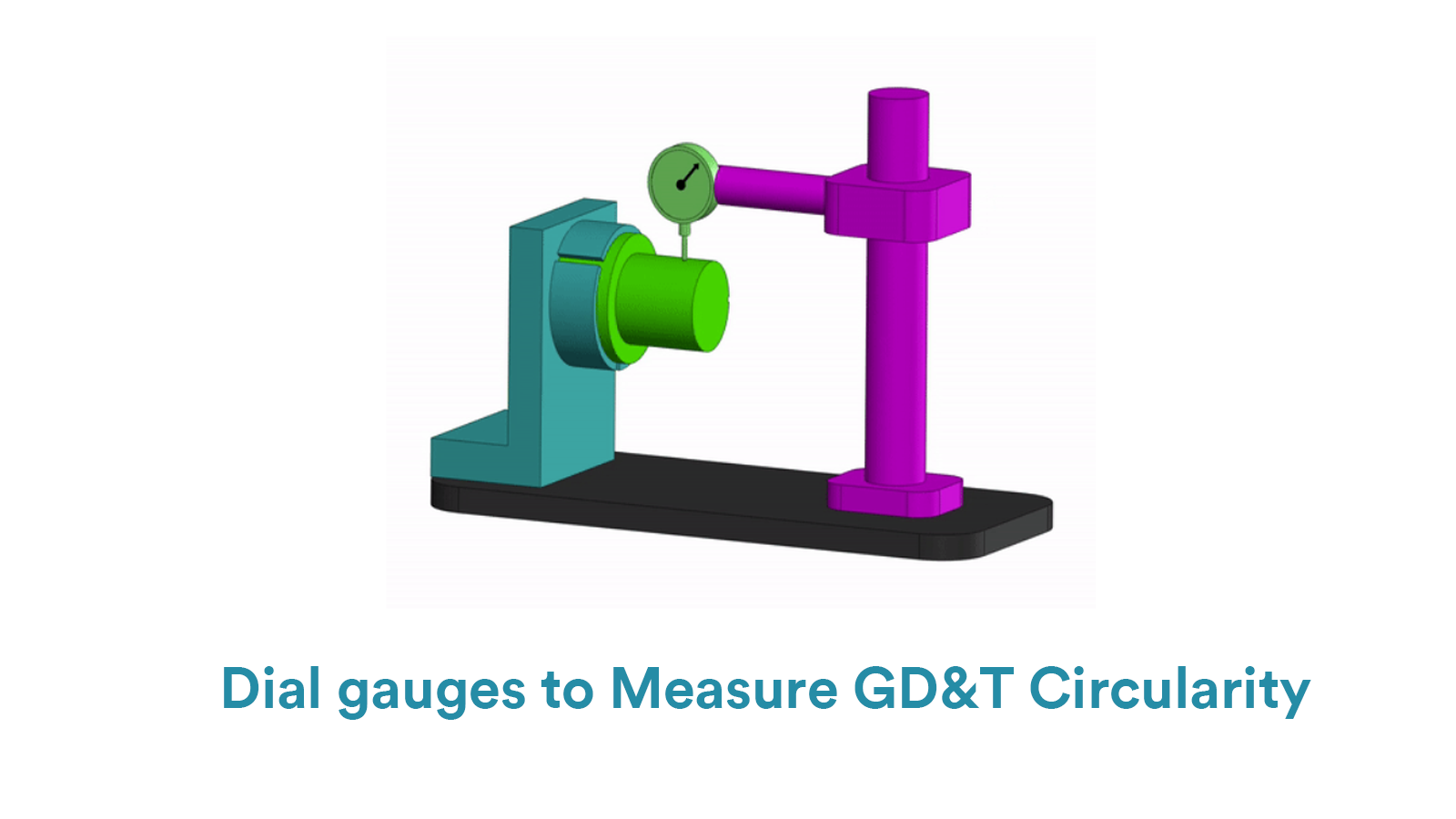
3.3. Coordinated Measuring Machines to Measure GD&T Circularity
Compared with height gauges, using CMMs to measure circularity is more efficient and accurate, suitable for high-accuracy measuring requirements. The operating steps are as follows:
Firstly, calibrate the CMM and fix the measured feature.
Secondly, select the crucial cross-section to measure and establish the coordinate system.
Finally, use CMM software to calculate the deviation.
3.4. Calipers to Measure GD&T Circularity
Calipers are simple tools to measure circularity, suitable for low-accuracy rough inspection. They can’t detect form deviation like waviness and taper. The steps are simple: measure diameters at different cross-sections and multiple axial points, then calculate the difference between the maximum and minimum values.
4. Circularity VS Other GD&T Symbols
It is usual to confuse one GD&T symbol with the other one. But it is crucial to know their difference clearly before applying they into your manufacturing since each of them has their own specific critical function. For circularity, people often confuse it with cylindricity, concentricity and runout. Here we will illustrate their respective difference.
4.1. Circularity VS Cylindricity
Cylindricity can be served as the 3D counterpart of circularity.
Circularity controls only each single cross-section of a cylinder, while cylindricity controls the entire cylindrical surface of a cylinder. That is to say, circularity only focuses on the 2D geometric form of cross-sections while cylindricity focuses on the overall control of circularity and concentricity.
4.2. Circularity VS Concentricity
The key difference between circularity and concentricity lies on their main functions and relations to datums. Circularity is a kind of form tolerance while concentricity is one of the position tolerances.
Circularity is used to prevent cross-sections of the measured feature from being too oblong, square, or out of round. However, concentricity mainly controls the consistency of central axes of multiple cylindrical planes.
Therefore, circularity is independent on datums while concentricity relies the theoretical central axis as datum. The tolerance zone of concentricity is the cylinder around the datum axis, and the measured axis must lie within this cylinder.
4.3. Circularity VS Runout
Runout is much more complex than circularity.
Circularity focuses only on if all cross-sections of features are round enough while runout overall controls circular form, axis position and cylinder flatness.
Runout is a kind of synthetical tolerance focusing on the dynamic variation of features during rotation. It controls the radial or axial deviation of surface compared with datum axis during rotation.
5. Conclusion
As one of the important GD&T Symbols, circularity makes huge effect on manufacturing circular, cylindrical, conical and spherical features. Therefore, it is supposed to learn about circularity well.
If you want to know more about circularity, please contact us directly.
In addition, information of other GD&T Symbols are provided below.

Lucas is a technical writer at ECOREPRAP. He has eight years of CNC programming and operating experience, including five-axis programming. He’s a lifelong learner who loves sharing his expertise.
Other Articles You Might Enjoy

GD&T Straightness
Straightness is to confine the deviation from a line of the truly manufactured features to an ideal theoretical line.

GD&T Flatness
Flatness controls the applicable form deviation from the true surface to the ideally designed surface.

Datum GD&T
A datum is a theoretically ideal point, axis, or plane which is derived from the true geometric counterpart of a specified datum feature.

GD&T Cylindricity
Cylindricity is to control the overall deviation of a cylindrical surface from a perfect geometric cylinder.
